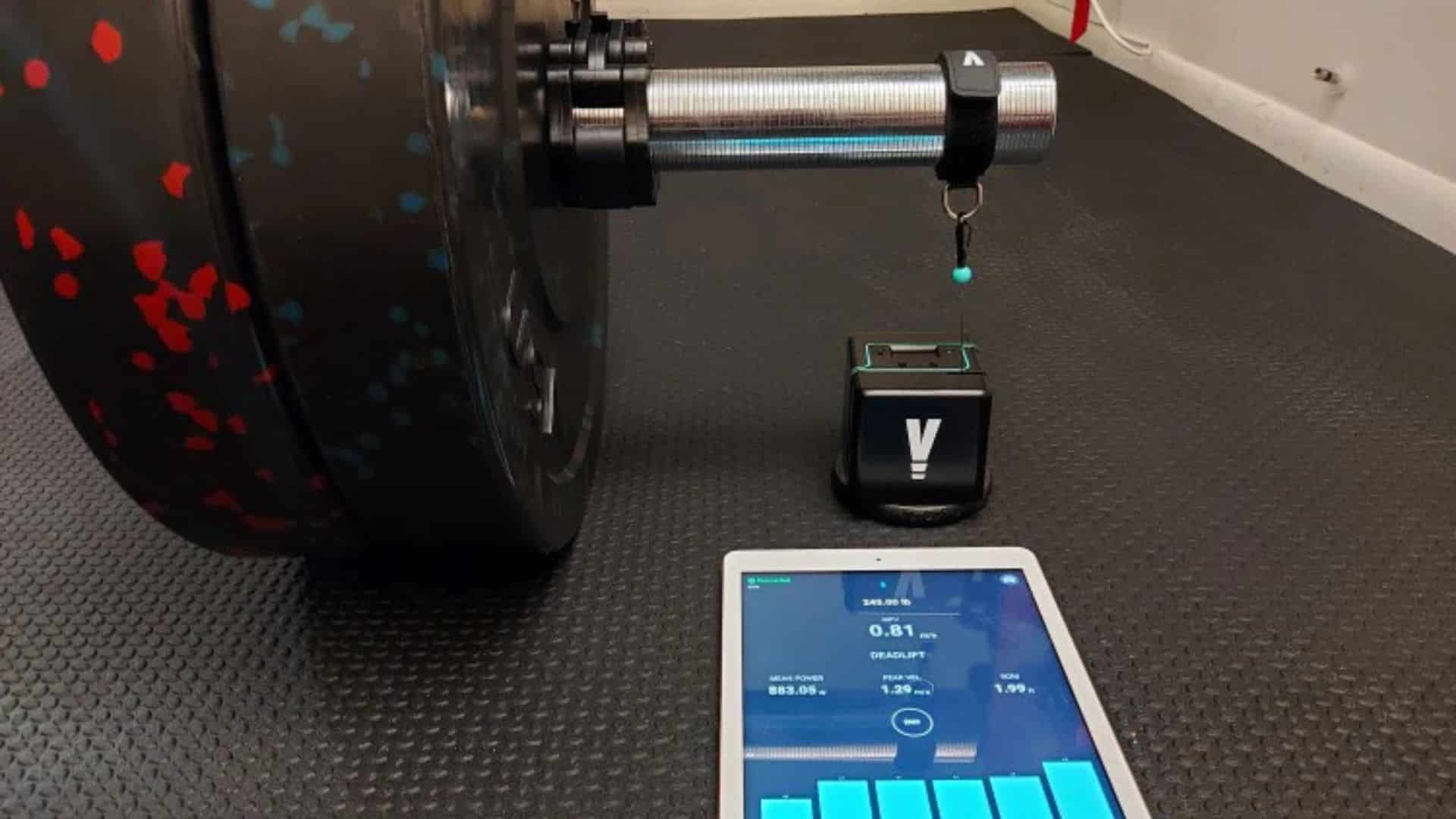8 de March de 2025
Strength and Conditioning Program for Runners
Running is one of the most demanding sports, requiring a unique combination of endurance, strength, and technique. To excel, runners need a well-rounded training program that not only enhances cardiovascular performance but also builds the muscular strength and stability necessary to prevent injuries and improve overall efficiency. In this article, we will delve into a comprehensive strength and conditioning program tailored specifically for runners. Whether you train sprinters, middle-distance athletes, or marathoners, this guide will provide actionable insights to elevate their performance.
Understanding the Types of Runners
Before developing a program, it’s essential to recognize the different categories of runners, as their needs vary significantly:
- Sprinters (100m-400m): These athletes rely heavily on explosive power and anaerobic capacity. Training focuses on short bursts of speed, strength, and quick recovery.
- Middle-Distance Runners (800m-3000m): A hybrid category requiring both speed and endurance. These runners benefit from aerobic conditioning alongside power development.
- Long-Distance Runners (5K and beyond): Primarily aerobic athletes who need muscular endurance, joint stability, and efficient movement patterns to sustain prolonged efforts.
Each type of runner has distinct physiological demands, but all benefit from a structured strength and conditioning program.

Key Components of a Runner’s Training Program
For a well-rounded program, integrate the following components:
- Tempo Runs:
- Purpose: Develop lactate threshold and improve aerobic efficiency.
- Execution: Run at 85-90% of max effort for an extended period, typically 20-40 minutes.
- Application: Ideal for middle- and long-distance runners to build sustained speed.
- Long Runs:
- Purpose: Build endurance and teach the body to efficiently utilize energy stores.
- Execution: Weekly runs lasting 60-120 minutes at a comfortable pace (~70% max effort).
- Application: A staple for marathoners and long-distance athletes.
- Interval Runs:
- Purpose: Enhance VO2 max and anaerobic capacity.
- Execution: Short bursts of high-intensity effort (1-4 minutes) followed by equal or slightly longer rest periods.
- Application: Beneficial for all runners but particularly crucial for sprinters and middle-distance athletes.

Integrating Strength and Conditioning into a Runner’s Routine
Strength and conditioning is often overlooked in running programs, yet it’s a critical element for improving performance and minimizing injury risk. The focus should be on exercises that target key muscle groups involved in running mechanics:
1. Sprinters’ Routine
- Explosive Movements:
- Power Cleans: 4×6. Perform these at the beginning of the session to maximize explosiveness, with 2-3 minutes of rest between sets.
- Box Jumps: 3×10. Use a high enough box to challenge power output, ensuring soft landings and rapid takeoffs.
- Sled Pushes: 4×20 meters. Incorporate at 80% effort to build acceleration strength and improve drive mechanics.
- Lower Body Power:
- Squats: 4×8 at 70-80% of 1RM. Focus on full range of motion and explosiveness during the upward phase.
- Romanian Deadlifts: 4×8. Include slow eccentric phases to strengthen the posterior chain and improve hamstring resilience.
- Bulgarian Split Squats: 3×12 each leg. Perform with dumbbells to enhance unilateral strength and stability.
- Core Stability:
- Plank Variations: 3×45 seconds, including single-leg and side planks for dynamic stability.
- Russian Twists: 3×20 each side. Add a medicine ball for increased resistance.
- Hanging Leg Raises: 3×12. Engage the lower core and improve hip flexor strength.
Incorporation: Perform this routine 2-3 times a week, ideally on non-sprint days or after a light sprint session. Keep each session within 60-75 minutes. Pair with dynamic warm-ups and cooldown stretching for best results.
Tips: Focus on rest periods to maintain explosive power. Use a progression model by gradually increasing resistance or intensity.
2. Middle-Distance Runners’ Routine
- Strength-Endurance:
- Goblet Squats: 3×15 with a moderate kettlebell. Prioritize form and depth to develop muscular endurance.Walking Lunges: 3×12 each leg. Use bodyweight or light dumbbells to avoid fatigue.
- Step-Ups: 3×12 each leg. Incorporate a 12-18 inch box to mimic running motion and improve leg drive.
- Interval-Paced Plyometrics:
- Bounding: 4×20 meters. Focus on long strides and soft landings to develop power.
- Skater Hops: 3×15 each side. Improve lateral agility and balance.
- Depth Jumps: 3×8. Step off a low box and immediately jump upward, emphasizing reaction time.
- Core Stability:
- Pallof Press: 3×12 each side. Build anti-rotational strength with a resistance band.
- Dead Bugs: 3×15. Perform slowly to enhance coordination.
- Stability Ball Rollouts: 3×12. Maintain a neutral spine to avoid compensation.
Incorporation: Schedule this 2 times per week, ideally after interval sessions to avoid overloading. Limit each session to 60 minutes. Use the third session for recovery-focused mobility work.
Tips: Alternate heavier and lighter days to balance fatigue. Track progression using RPE (Rate of Perceived Exertion) for endurance-based exercises.

1RM Calculator
3. Long-Distance Runners’ Routine
- Muscular Endurance:
- Step-Ups: 3×15 each leg with bodyweight or light resistance. Focus on slow, controlled movement.Single-Leg Romanian Deadlifts: 3×10 each leg. Improve balance and activate the posterior chain.
- Wall Sits: 3×60 seconds. Hold a deep squat position to enhance muscular endurance.
- Stability and Balance:
- Single-Leg Glute Bridges: 3×15 each leg. Ensure full hip extension to activate glutes.Side Planks: 3×40 seconds each side. Maintain alignment to target obliques.
- BOSU Ball Balancing: 3×30 seconds each leg. Strengthen ankle stability and proprioception.
- Mobility and Recovery:
- Foam Rolling: 10-15 minutes post-run, targeting calves, quads, and hamstrings.Dynamic Stretching: 10 minutes pre-run, including leg swings and walking lunges.
- Yoga Poses: Incorporate pigeon pose and child’s pose for 3-5 minutes each.
Incorporation: Perform this routine 1-2 times per week, ideally on lower mileage days. Allocate 45-60 minutes per session.
Tips: Avoid heavy resistance to minimize fatigue. Use recovery tools like foam rollers and massage guns to complement this routine.
General Organization Tips for All Routines:
- Plan Recovery Days: Incorporate at least one rest or active recovery day weekly to allow muscle repair.
- Combine Sessions Thoughtfully: For example, pair interval runs with plyometrics for sprinters or middle-distance runners.
- Adjust Intensity Based on Training Cycle: During high-mileage weeks, prioritize lighter resistance and mobility work.
- Use a Training Log: Track progress to identify weaknesses and ensure balanced improvements across all components of training.

Velocity Based Resistance Training for Elite Level BMX Performance.
Mobility and Flexibility
Mobility is often the missing piece in a runner’s program. Tight muscles can lead to inefficient movement patterns and increased injury risk. Key areas to target include:
- Hip Flexors: Use dynamic stretches like walking lunges or leg swings.
- Hamstrings: Incorporate static stretches post-run or use active movements like inchworms.
- Calves: Perform wall stretches and foam rolling to prevent Achilles issues.
Sample Weekly Strength and Conditioning Program
Here’s a sample 7-day program that integrates tempo runs, long runs, interval training, and strength and conditioning work. Adjust as needed based on the runner’s experience and goals:
Monday:
- Morning: Tempo Run (30 minutes at 85% effort)
- Evening: Sprinters’ Strength and Conditioning Routine
Tuesday:
- Recovery Day: Yoga or Mobility Work (30-40 minutes)
Wednesday:
- Morning: Interval Run (8x400m at 90% effort, 90 seconds rest)
- Evening: Middle-Distance Runners’ Strength and Conditioning Routine
Thursday:
- Morning: Easy Run (30-40 minutes at conversational pace)
- Evening: Mobility Work (Foam Rolling and Dynamic Stretching)
Friday:
- Long Run (60-90 minutes at 70% effort)
- Evening: Long-Distance Runners’ Strength and Conditioning Routine
Saturday:
- Morning: Plyometric Focused Conditioning (e.g. Box Jumps, Bounding, Skater Hops)
- Evening: Core and Stability Work
Sunday:
- Active Recovery: Swim, cycle, or walk for 30-60 minutes.
Common Mistakes to Avoid during your S&C sessions
- Overtraining: Avoid excessive mileage or intensity without adequate recovery.
- Neglecting Strength and Conditioning: Running alone won’t address muscular imbalances or prevent overuse injuries.
- Skipping Warm-Ups: Ensure each session begins with a dynamic warm-up to prepare the body for activity.
- Inconsistent Mobility Work: Regular stretching and mobility exercises are non-negotiable for long-term performance.
Monitoring Progress
To ensure effectiveness, track the following metrics:
- Pace and Heart Rate: For tempo and interval runs.
- Load Progression: Gradually increase weights in strength and conditioning sessions.
- Injury Trends: Monitor for any signs of overuse or discomfort.
Leveraging Vitruve for Training Optimization
Integrating technology into a strength and conditioning program can elevate an athlete’s performance and provide actionable insights into their training progress. Vitruve’s velocity based training system offers an advanced solution for runners and coaches alike.
With Vitruve encoder, athletes can monitor barbell velocity in real-time, ensuring precision in strength and conditioning exercises. This feedback allows runners to fine-tune their routines, optimizing load, velocity loss thresholds, and intensity based on their current fatigue levels. For example:
- Sprinters can assess the explosiveness of their power cleans or sled pushes, ensuring they train at optimal velocity ranges for peak performance.
- Middle-distance runners can utilize velocity based training devices to monitor strength-endurance during exercises like goblet squats or step-ups.
- Long-distance runners can track velocity loss during resistance training, ensuring they avoid overloading and manage fatigue effectively.
Beyond the gym, Vitruve Team Apps empower coaches and athletes to analyze performance trends, manage training loads, and align programs with long-term goals. The integration of this technology not only enhances performance but also minimizes the risk of injury by providing data-driven insights into fatigue management and recovery.
Training with velocity based training devices like the Vitruve encoder offers numerous benefits, including:
- Precision: Target specific velocity zones for tailored training adaptations.
- Efficiency: Reduce unnecessary volume by focusing on quality over quantity.
- Fatigue Management: Use velocity loss metrics to prevent overtraining.
- Progress Tracking: Monitor improvements in real-time to adjust programs dynamically.

Strength and conditioning combined with velocity based training isn’t just about improving performance—it’s about creating smarter, more resilient athletes.
By leveraging Vitruve Apps, runners and their coaches can optimize every aspect of training, ensuring consistent progress and sustainable results.
